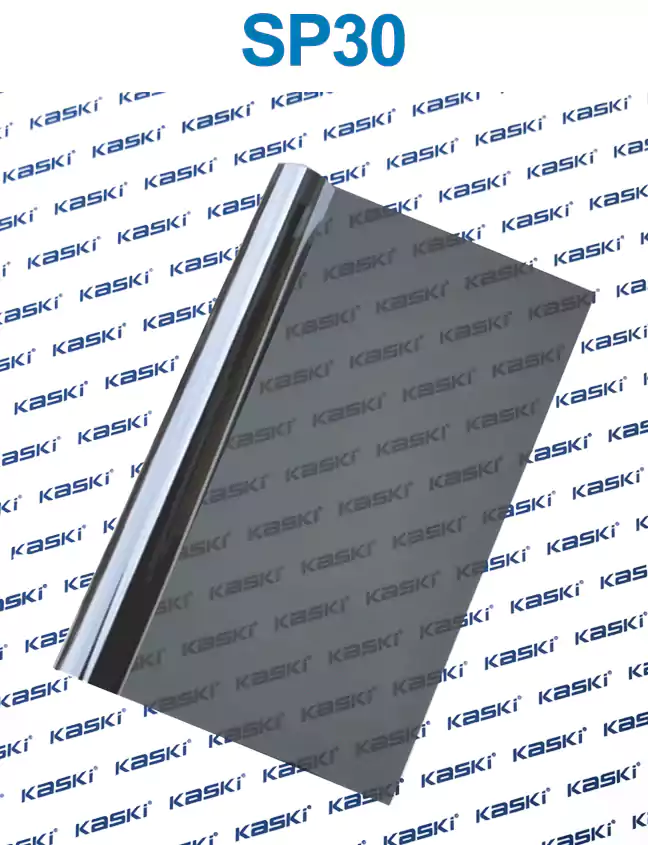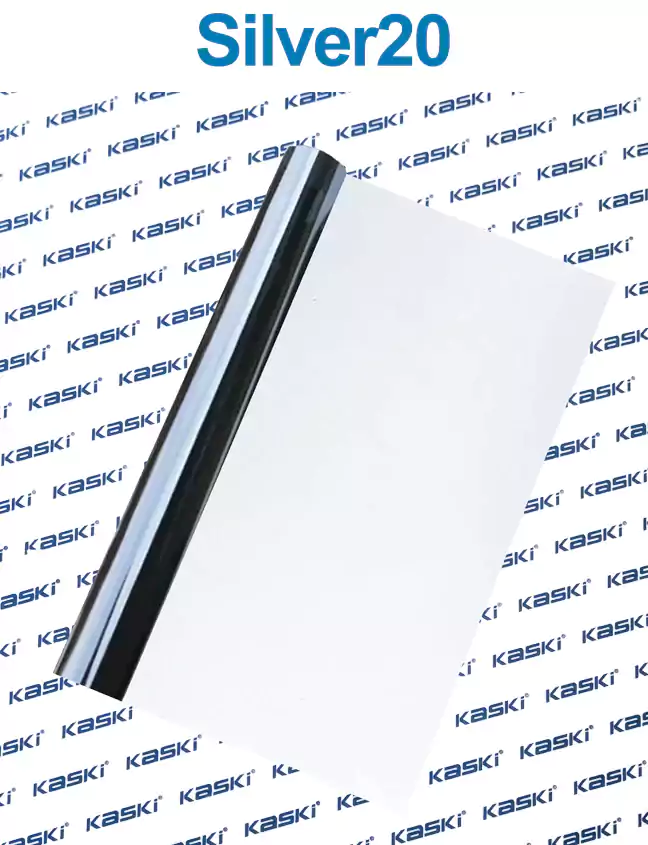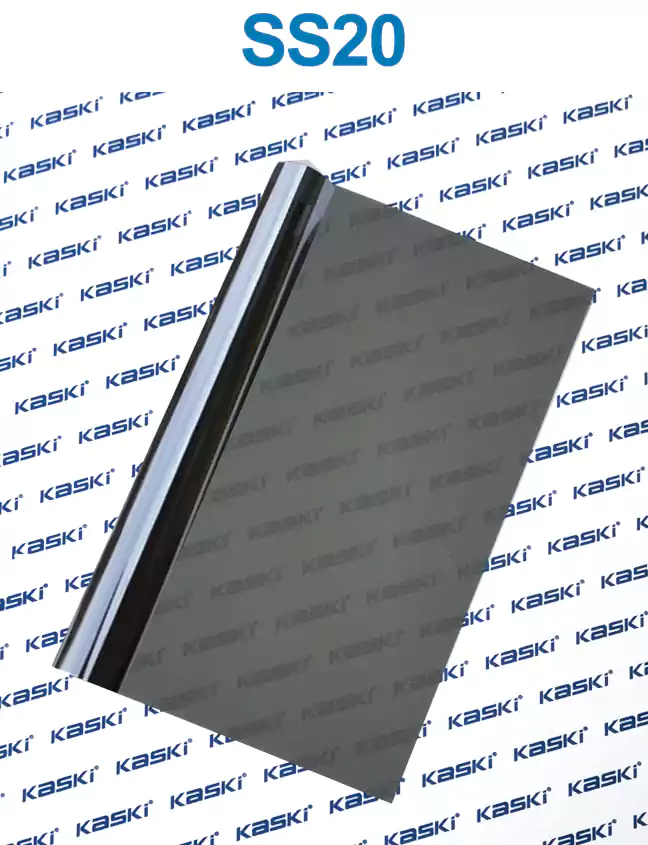Window tinting has become an increasingly popular choice for car owners looking to enhance the appearance, comfort, and functionality of their vehicles. From blocking harmful UV rays to reducing glare and maintaining a comfortable interior temperature, the benefits of automotive window tinting are numerous. In this comprehensive guide, we'll explore the principles, advantages, and detailed installation process of automotive window tinting.
The Principles of automotive window tinting
heat control window film involves the application of a thin, specialized film to the car's windows. These films are designed to block a significant portion of the sun's rays, including both visible light and harmful ultraviolet (UV) radiation. By selectively filtering the light, window tinting can provide a range of benefits to the driver and passengers.
The key principles behind heat control window film are:
1. Rejecting the Sun's Heat: The tinted film helps to reject a significant amount of the sun's infrared heat, keeping the interior of the car cooler and more comfortable, especially during the hot summer months.
2. Protecting Interiors: Window tinting can help protect the car's interior, including decorative curtains, blinds, and upholstery, from fading and damage caused by prolonged exposure to UV rays.
3. Enhancing Privacy: Tinted windows can provide an added layer of privacy, making it more difficult for outsiders to see into the vehicle.
4. Reducing Glare: The tinted film helps to reduce the glare from the sun, improving visibility and reducing eye strain for the driver.
The Advantages of Automotive Window Tinting
Automotive window tinting offers a range of benefits that can improve the overall driving experience and the long-term condition of your vehicle. Let's explore some of the key advantages:
1. Increased Comfort and Energy Efficiency: By blocking the sun's heat, window tinting can help keep your car's interior cooler, reducing the need for excessive air conditioning and improving the overall energy efficiency of the vehicle.
2. UV Protection: Tinted windows can block up to 99% of harmful UV rays, protecting the skin of both the driver and passengers, as well as the car's interior from fading and damage.
3. Improved Privacy and Security: Tinted windows can provide an added layer of privacy, making it more difficult for outsiders to see into the vehicle, which can be particularly useful for families or individuals who value their privacy.
4. Enhanced Appearance: heat control window film can significantly improve the overall aesthetic of a vehicle, giving it a sleek, sophisticated look.
5. Increased Resale Value: Properly installed window tinting can be a valuable asset when it comes time to sell your vehicle, as it is often seen as an attractive and desirable feature by potential buyers.
Detailed Installation Case: Ford Mustang
To provide a more concrete understanding of the automotive window tinting process, let's explore a detailed installation case for a Ford Mustang.
The Ford Mustang is a popular sports car known for its sleek design and powerful performance. For this installation, we'll be using a high-quality tinting film that blocks up to 99% of harmful UV rays while maintaining a clear, unobstructed view through the windows.
The tinting process will involve the following steps:
1. Preparation: The car's windows will be thoroughly cleaned to ensure a smooth and even application of the tinting film.
2. Measurement and Cutting: The tinting film will be carefully measured and cut to fit the specific dimensions of the Mustang's windows, ensuring a precise and seamless fit.
3. Application: The tinting film will be applied to the windows, starting with the side windows and then moving to the rear glass and windscreen. Special attention will be paid to ensuring that the film is properly aligned and free of any air bubbles or wrinkles.
4. Curing: After the film has been applied, the car will be left to "cure" for a specified period, typically 24-48 hours, to allow the adhesive to fully bond with the window surface.
5. Inspection and Finishing Touches: Once the curing process is complete, the tinted windows will be inspected for any imperfections, and any necessary adjustments or touch-ups will be made.
Testimonials:
"I recently had my Ford Mustang's windows tinted, and I couldn't be happier with the results. The tinting has made a noticeable difference in the interior temperature, and I've noticed a significant reduction in glare, which has made driving much more comfortable. The installation process was quick and hassle-free, and the final product looks fantastic. I highly recommend this service to any Mustang owner looking to enhance their driving experience."
- John, Mustang Owner
"Tinting my Ford Mustang's windows was one of the best decisions I've made. Not only does it look great, but it has also made a huge difference in keeping the car's interior cool and comfortable, even on the hottest days. The tinting has also helped protect my car's interior from fading, and I've noticed a significant improvement in privacy and security. The installation was professional and efficient, and I'm thrilled with the end result."
- Sarah, Mustang Owner
In conclusion, automotive window tinting is a practical and versatile solution that can provide a range of benefits to car owners. From enhancing comfort and energy efficiency to protecting against harmful UV rays and improving the overall appearance of your vehicle, the advantages of window tinting are clear. Whether you own a Ford Mustang or any other make and model, investing in high-quality automotive window tinting can be a smart and worthwhile decision.




















